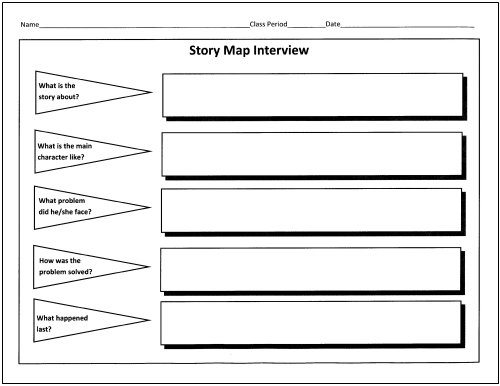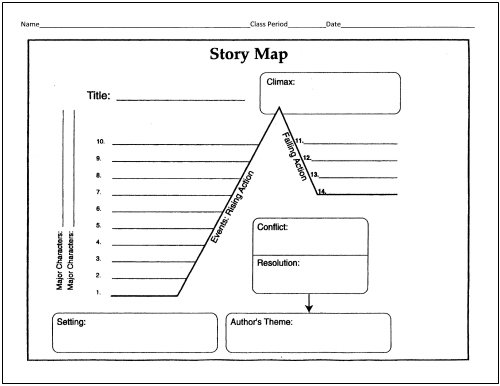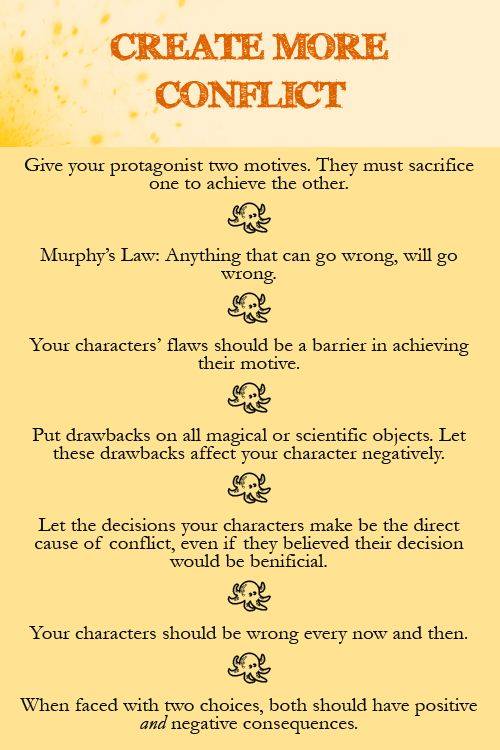Recently at the Corvallis Chapter of the Willamette Writers, I gave a presentation on plot and character development when writing short stories. Being an artist and visual person, I included lots of charts in the exercises and in the presentation. For those who really like to use formulas in plotting, using a chart that focus on the minutia can be helpful. My favorites of those posted are the most simple. For my own writing, this would be the basics of what I have in my head or what I don’t want to vanish from my head. A lot of times I don’t need a map or chart when writing because I already know this. What I find these charts especially useful for is to help remind when we don’t know where a story is going. Or when we don’t know what the conflict is.
The 8 point plot chart below, I sometimes see referred to as the 7 point plot or sometimes condensed to the 5 point plot. I think if you were to look at any published story, you would be able to see these elements.

Taking that 8 or 10 point plot chart, it can be paired with the character arc.

Here is a different way of looking at plot and character.

I prefer the simple charts. Yes, I did get these from a teacher website. This is probably meant for middle school or elementary school students, but the reason I like it is because it boils it down to basics.
I suspect this is a high school level story map. At least, I remember having to fill these out for stories in English class in high school.
A story without conflict isn’t a story. Not to mention, a story without conflict is also really boring. This is a great little chart of suggestions for creating more conflict.
This might seem overly simplistic but it is so vital to the plot of a story and people forget it.
For updates on writing news, to see the latest blog posts and when I have free reads on Amazon, sign up for my newsletter at:


